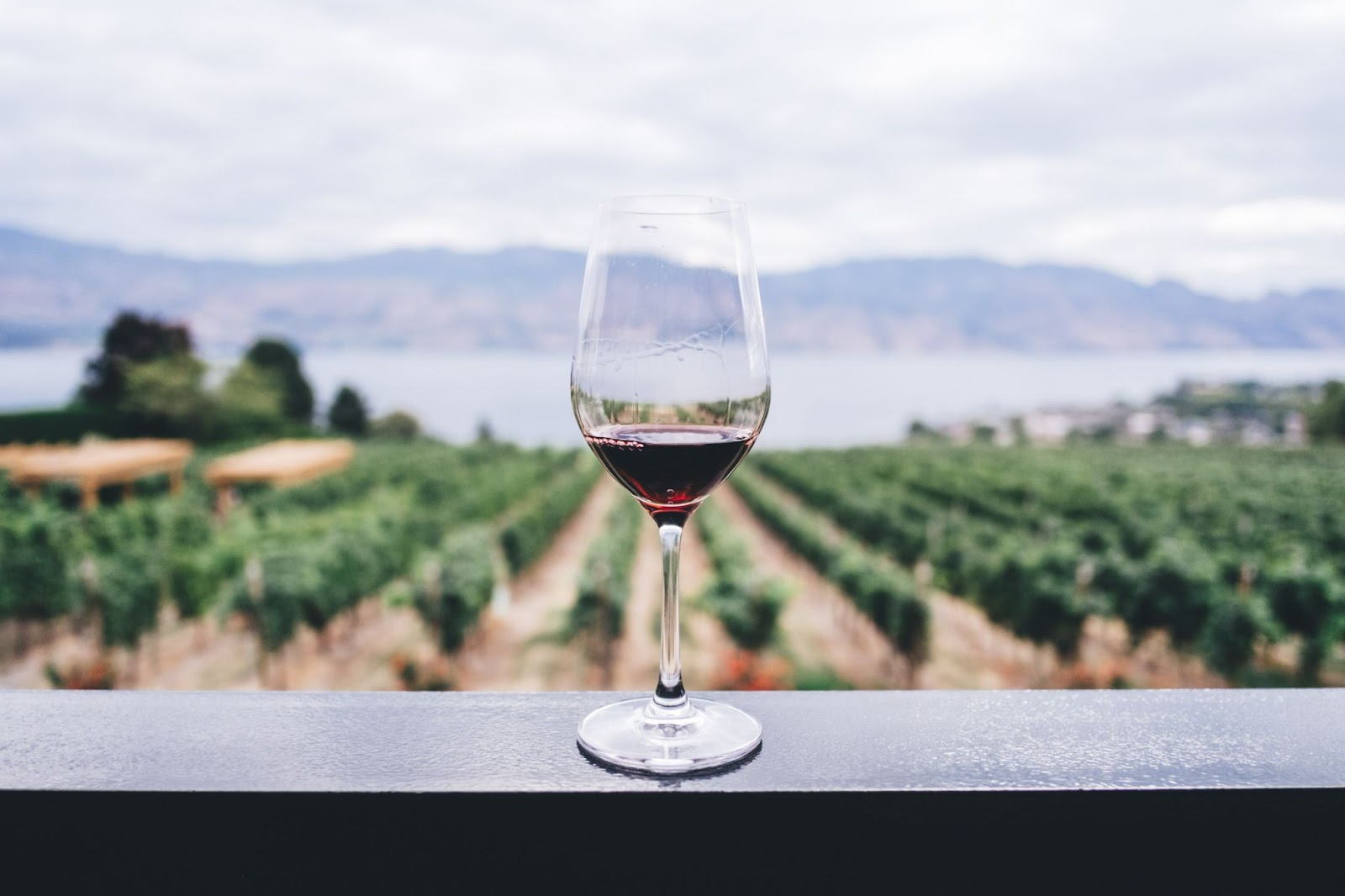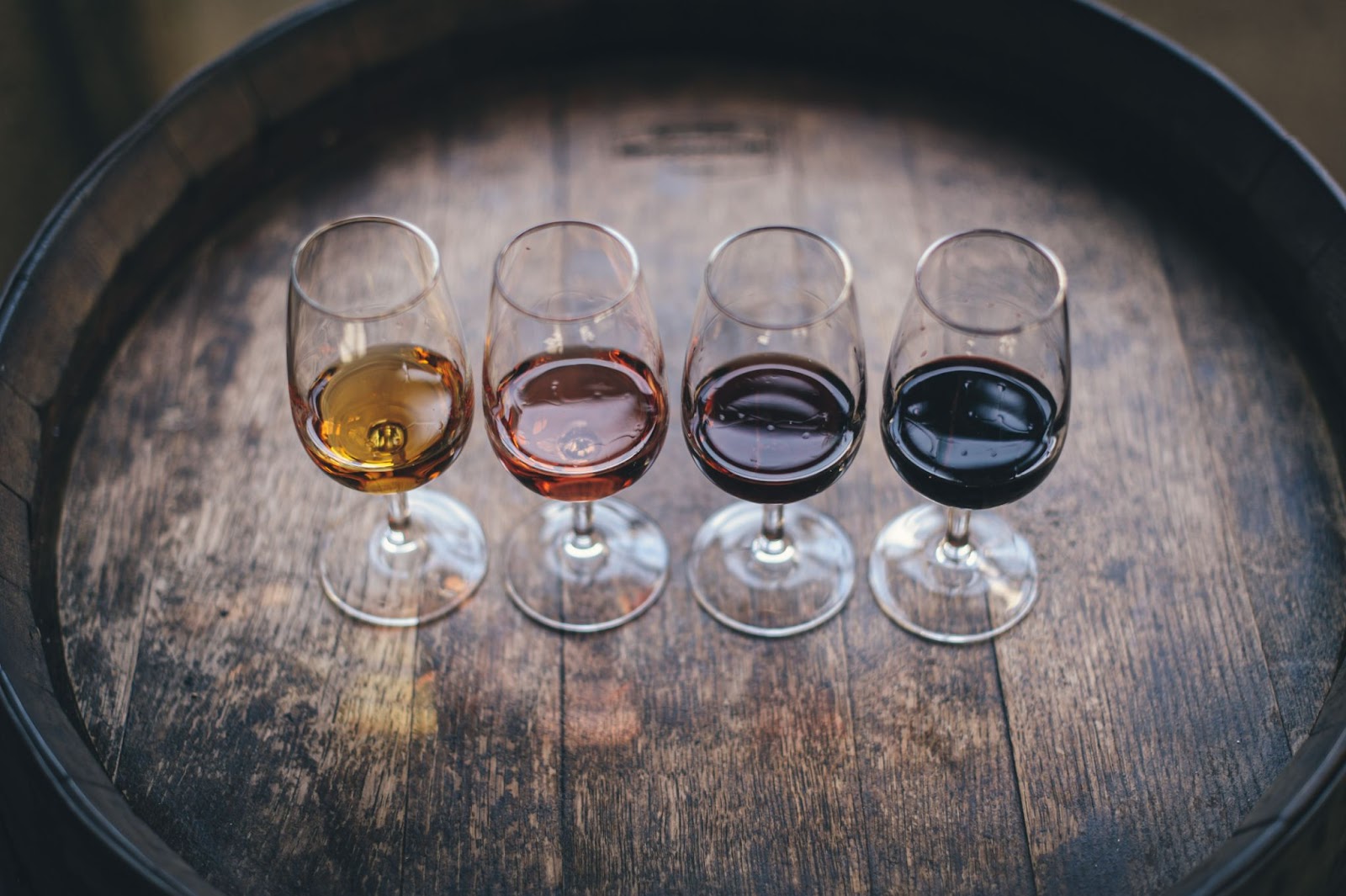Wine 101: A Beginner’s Guide to Understanding the Basics

Are you interested in learning more about your favorite glass of wine? Do you want to understand the basics and become a wine connoisseur? Wine 101 is here for you – this beginner’s guide will help you through the world of grape varieties, flavors, aromas, body types, and more.
In this article, we’ll cover all the basics, from what types of grapes are used in famous wines to proper pairing tips that can turn any dinner party into a special occasion. With this knowledge and valuable tips and tricks, you’ll soon be ready to explore an array of delicious bottles.
What is Wine, and How is it Made
Wine has been enjoyed by people worldwide for centuries, but what exactly is it, and how is it made? But wine is an alcoholic beverage made from fermented grapes. However, the process of making wine is much more complex than that. Grapes are carefully selected and harvested at the perfect time, then crushed to release their juices. These juices are left to ferment with yeast, which consumes the natural sugars in the grape juice and produces alcohol.
After fermentation, the wine is aged in barrels or bottles to develop its unique flavors and aromas. With such wide varieties of grapes and production methods, the world of wine is genuinely fascinating and endless in its complexity.
Understanding the Different Classifications of Wine (Red, White, Sparkling, etc.)
When it comes to wine, there are many different types and classifications. Starting with the two main categories of red and white, branching out into champagne and sparkling wines, rose wines, dessert wines, and more.
Red wine is made from darker grapes like Cabernet Sauvignon or Merlot, which produce a full-bodied and bold beverage that pairs well with savory dishes. White wine is made primarily from lighter-colored grapes such as Chardonnay or Sauvignon Blanc that have a crisp taste profile and usually pair better with seafood or salads.

Sparkling wines like champagne can be either white or rosé in color, depending on the type of grape used in production, while sweet dessert wines such as Sauternes are made from grapes that have been left to ripen longer on the vine. Check out a champagne subscription to delve into the seemingly infinite types of champagne available.
Identifying the Main Types of Grapes Used to Make Wine
No matter what type of wine you prefer, it is crucial to understand the types of grapes used in production. For reds, popular grapes include Cabernet Sauvignon, Merlot, Syrah, and Pinot Noir, while white wines are most commonly produced using Chardonnay, Sauvignon Blanc, and Riesling.
These grape varieties have been cultivated for centuries, with specific regions specializing in particular varietals – such as Bordeaux for Cabernet Sauvignon and Burgundy for Pinot Noir. By understanding which region your favorite bottle was made from, you can better understand its flavor profile and how best to pair it with food.
Exploring Winemaking Regions and Understanding Why They Matter
From the hills of Tuscany to the vineyards of Sonoma, each winemaking region has unique characteristics that shape the flavor and style of its wines. As a beginner, it’s essential to understand why different regions produce different types of wine to help you find your perfect bottle.
For example, Bordeaux is known for its long-aged reds made from Cabernet Sauvignon and Merlot, while Burgundy produces lighter-bodied Pinot Noir with a distinct earthy aroma.

Meanwhile, cooler climates, such as Germany’s Mosel Valley, produce delicate Rieslings with balanced acidity and sweet notes. By exploring new regions and tasting their wines, you can gain a greater appreciation for the craft of winemaking and discover your personal favorite.
Learning What Types of Foods Pair Most With Different Wines
Food and wine pairing is an art form in itself. Each type of wine has its unique flavor profile that can either enhance or clash with certain dishes, so it’s essential to understand how the flavors and textures interact.
Generally, white wines pair best with lighter foods such as seafood and salads, while richer reds match better with heavier fare such as steak and roast vegetables. However, this isn’t a hard-and-fast rule – there are no wrong answers regarding food and wine pairing, only personal preferences.
Tips for Selecting the Right Bottle For Any Occasion
Once you’ve better understood the different types of wine, it’s time to start selecting bottles for special occasions. When shopping for wine, always consider the type of food served and the occasion – a summer picnic calls for light and fresh white wines, while a winter feast begs for full-bodied reds.
If you want to impress your guests at a dinner party or find something special for a romantic evening, enlisting help from an expert sommelier is always a good idea. They can provide invaluable insight into lesser-known gems and suggest vintage bottles perfect for any occasion.
Knowing How to Properly Store and Serve Wine
Once you’ve selected the perfect bottle, it’s time to learn how to store and serve it. Wine should generally be stored lying down at a consistent temperature of between 10-15°C to protect the cork from drying out.
When serving, use the correct glassware for each type of wine – white wines benefit from larger glasses that allow for more surface area contact, and reds need smaller glasses to concentrate their aromas. Lastly, let your bottles breathe for 20 minutes before serving to unlock all those delicious nuances.
What's Your Reaction?
Deepak is a lover of nature and all things sporty. He loves to spend time outdoors, surrounded by the beauty of the natural world. Whether he's hiking, biking, or camping, Deepak enjoys being active and in touch with nature. He also loves to compete and push himself to his limits. Deepak is an avid cyclist, runner, and swimmer. He has competed in several triathlons and marathons, and is always looking for new challenges to take on.



